
Types of Pimples (Zits) and How to Treat Them - Best Treatment From a Dermatologist
Introduction
Wondering how many types of pimples (zits) appear on your face?
Are you confused between blackheads, whiteheads, or those painful cysts?
In this detailed blog, you will learn everything about the types of pimples or acne on the face, how to identify them, and how to treat them effectively. If you are looking for whitehead treatment at home, or are having blackheads on your face, especially want to get rid of blackheads on your nose, and are looking for an online dermatologist to get a blackhead treatment? We’ve got you covered.
Hello all, I myself Dr. Karma Patel. I am a dermatologist with a special interest in tele-dermatology. We have consulted many patients with acne treatment online to date in our practice. So, if you are searching for blackhead treatment or whitehead treatment from the comfort of your home to get an online dermatologist consultation, log into neodermatologist and consult a certified dermatologist online today.
So, let’s discuss in today’s blog about different acne or pimple (zit) types.
What Are Pimples?
Types of Pimples on Face
- Small, round, white or yellowish bumps.
- Caused by clogged pores with oil and dead skin cells.
- Common on cheeks and chin.
- Mild form of acne.
- Small, dark, or black spots.
- Usually found on the nose, chin, and forehead.
- Caused by the oxidation of oil in clogged pores.
- Small, red, raised bumps.
- Inflammatory type of acne.
- No pus visible.
- It can be painful.
- They can be sensitive to touch and often indicate inflammation.
- Red pimples with white or yellow pus-filled centers.
- Often tender or painful, commonly referred to as pimples.
- Common in moderate acne.
- Large, firm lumps under the skin
- Painful and deep-rooted
- Often lead to scarring
- They can be hard to the touch and often require medical treatment.
- Large, pus-filled pimples deep under the skin
- Severe inflammation and scarring
- Associated with hormonal acne
- They can be hard to the touch and often require medical treatment by a dermatologist.
Face Acne Grades Based on Severity
- Grade 1 (Mild): Mostly whiteheads and blackheads, few papules (red acnes)
- Grade 2 (Moderate): Whiteheads, blackheads, more papules, few pustules
- Grade 3 (Severe): Papules, pustules, some nodules
- Grade 4 (Very Severe): Nodules and cysts in clusters
Where Do Pimples Appear?
- Forehead: Often linked to oily scalp and hair products
- Nose: A Common area for blackheads on the nose
- Chin and Jawline: Hormonal acne in females
- Back and Chest: Sweat-induced or types of back pimples
Effective Pimple Treatment Options
If you're searching for pimple treatment, here are some tips:
- Whitehead treatment at home: Use gentle exfoliants like BHA
- Blackhead removers: Charcoal peel masks, salicylic acid
- Pimple-type rash on face: Avoid using heavy creams or comedogenic products
- For stubborn pimples: Consult a dermatologist for a personalized treatment plan
Why Identifying Pimple Types Matters
Knowing the types of pimples (zits) on your face helps you choose the right treatment. For example, using the wrong product on cystic acne can worsen inflammation. Also, mild pimples like whiteheads and blackheads can be managed at home, but nodules and cysts need medical help.
When to See a Dermatologist
If you have:
- Repeated breakouts
- Painful or deep pimples
- Pimples that leave marks or scars
- No improvement with OTC creams
- Consult a skin specialist doctor. He will diagnose your pimples accurately and recommend the right acne (zits) treatment plan, while also helping you understand what causes different types of pimples and how to prevent future breakouts.
Final Thoughts
Understanding different types of pimples helps in managing and treating acne effectively. Whether you’re dealing with blackheads on your nose, whiteheads on chin, or painful cystic pimples, identifying the type is key to clear skin.
If you are looking for a different service, please click on Hair loss Treatment, General Skin Consultation, Inner parts Itching Treatment, Vitiligo Treatment, Psoriasis Treatment, Scabies Treatment, Urticaria Hives Treatment, Ringworm Treatment.
Explore More: Check out other acne/pimple/zit-related blog posts:
Understanding and Treating Common Skin Woes.
Thank You!
 Hin
Hin En
En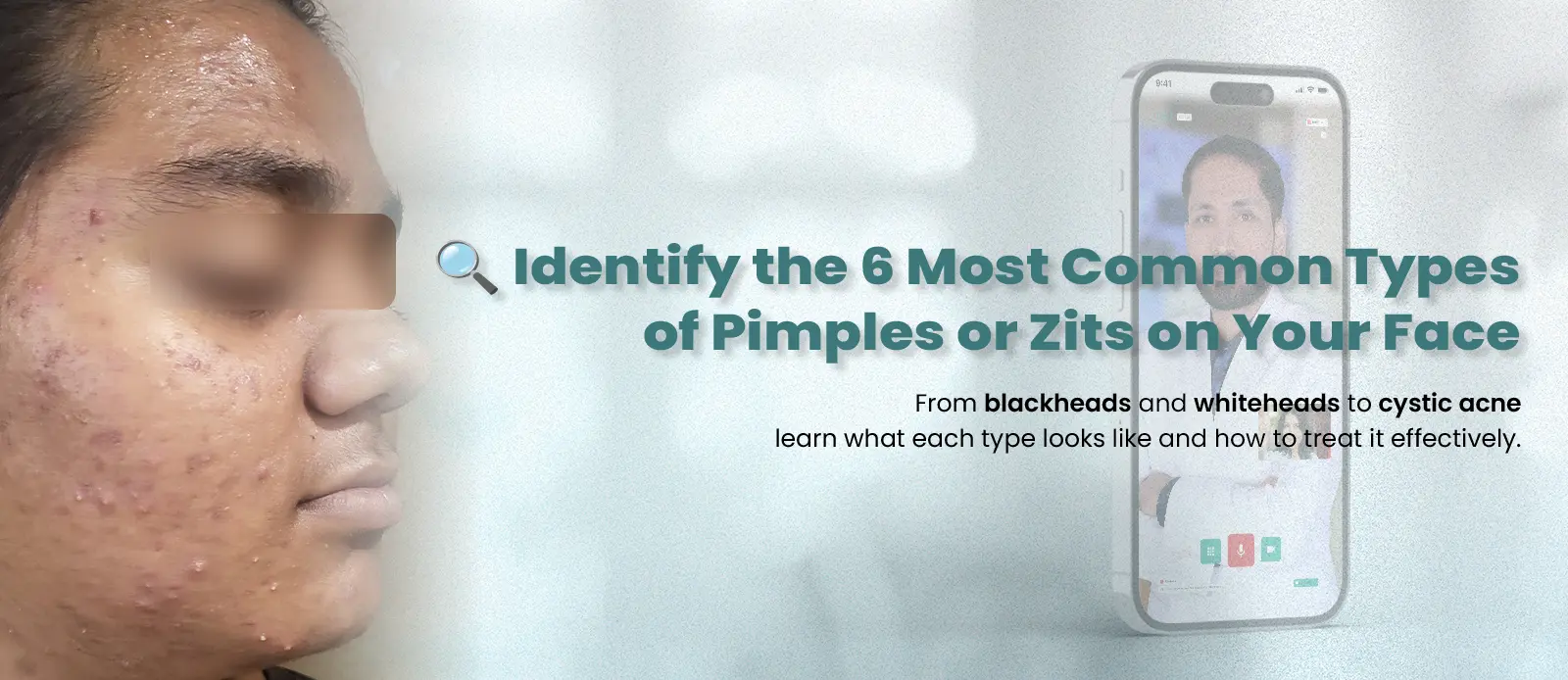

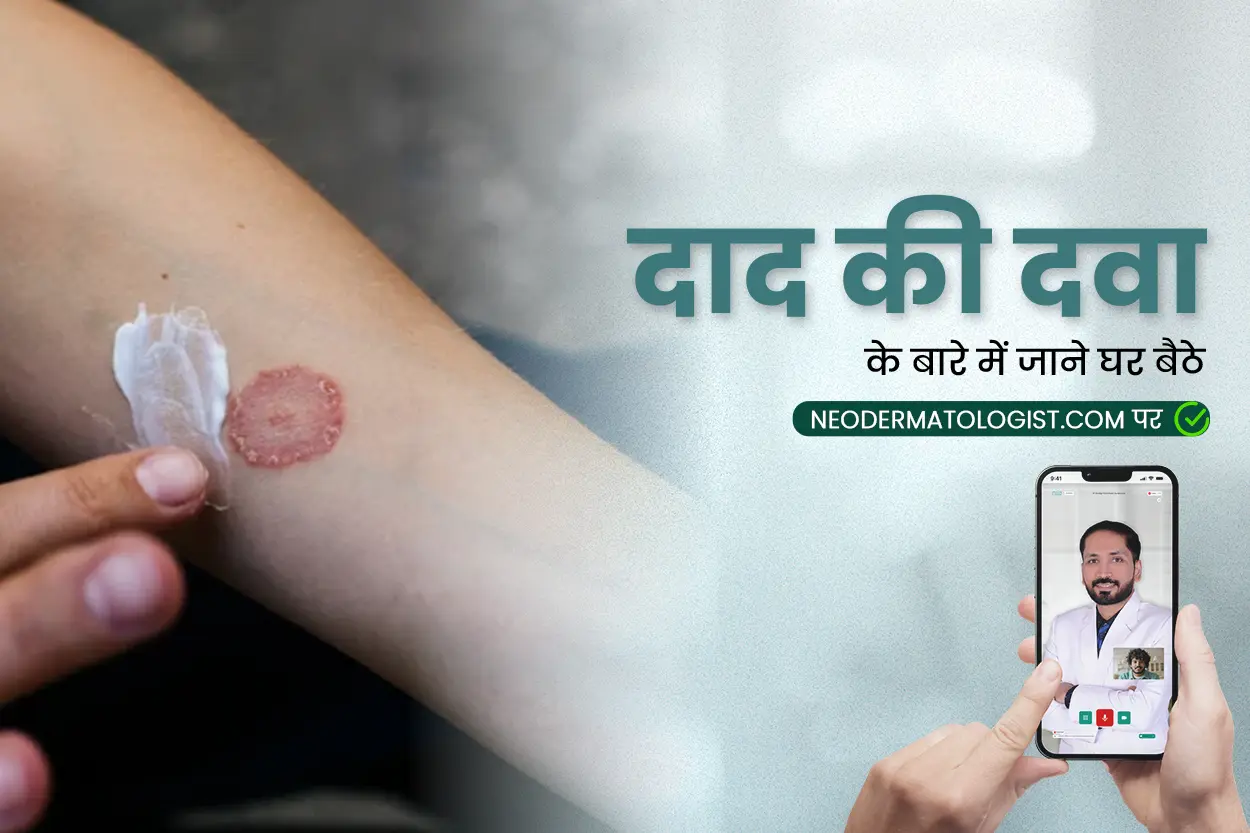


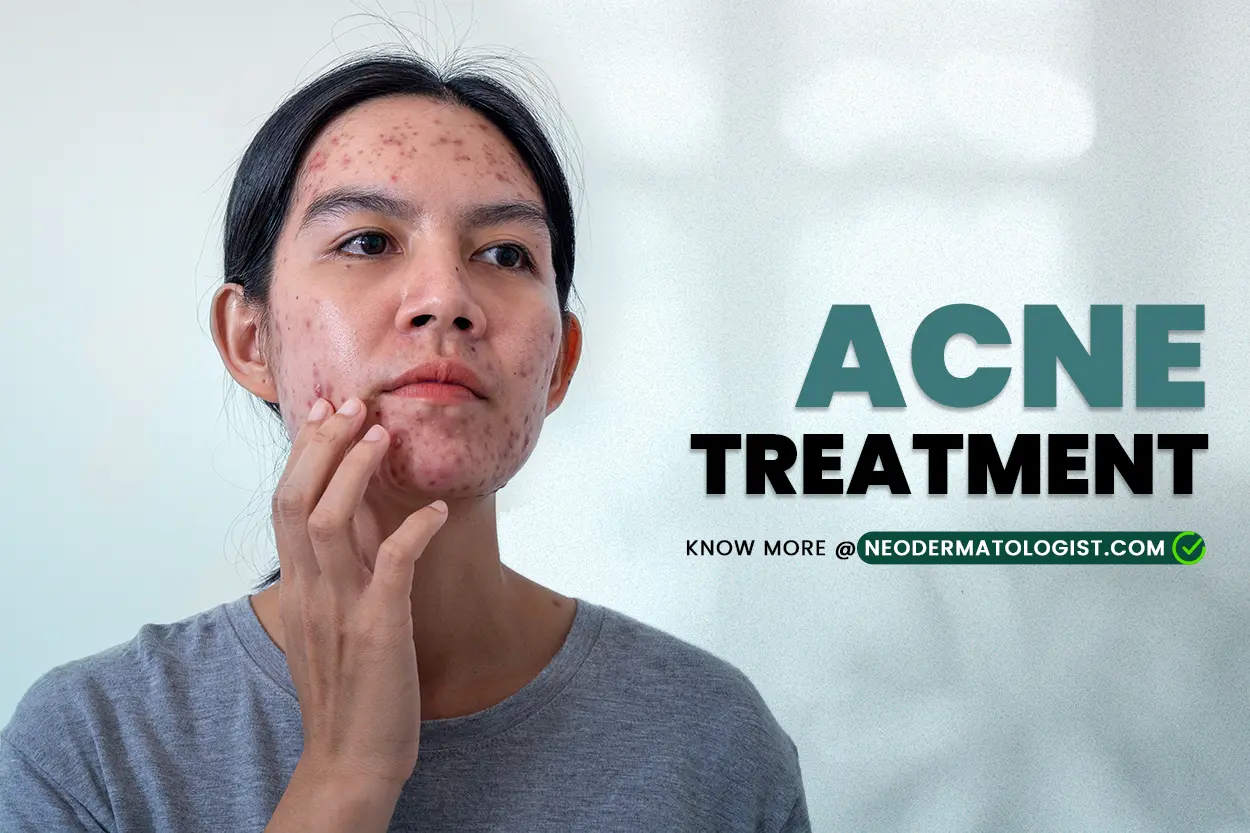
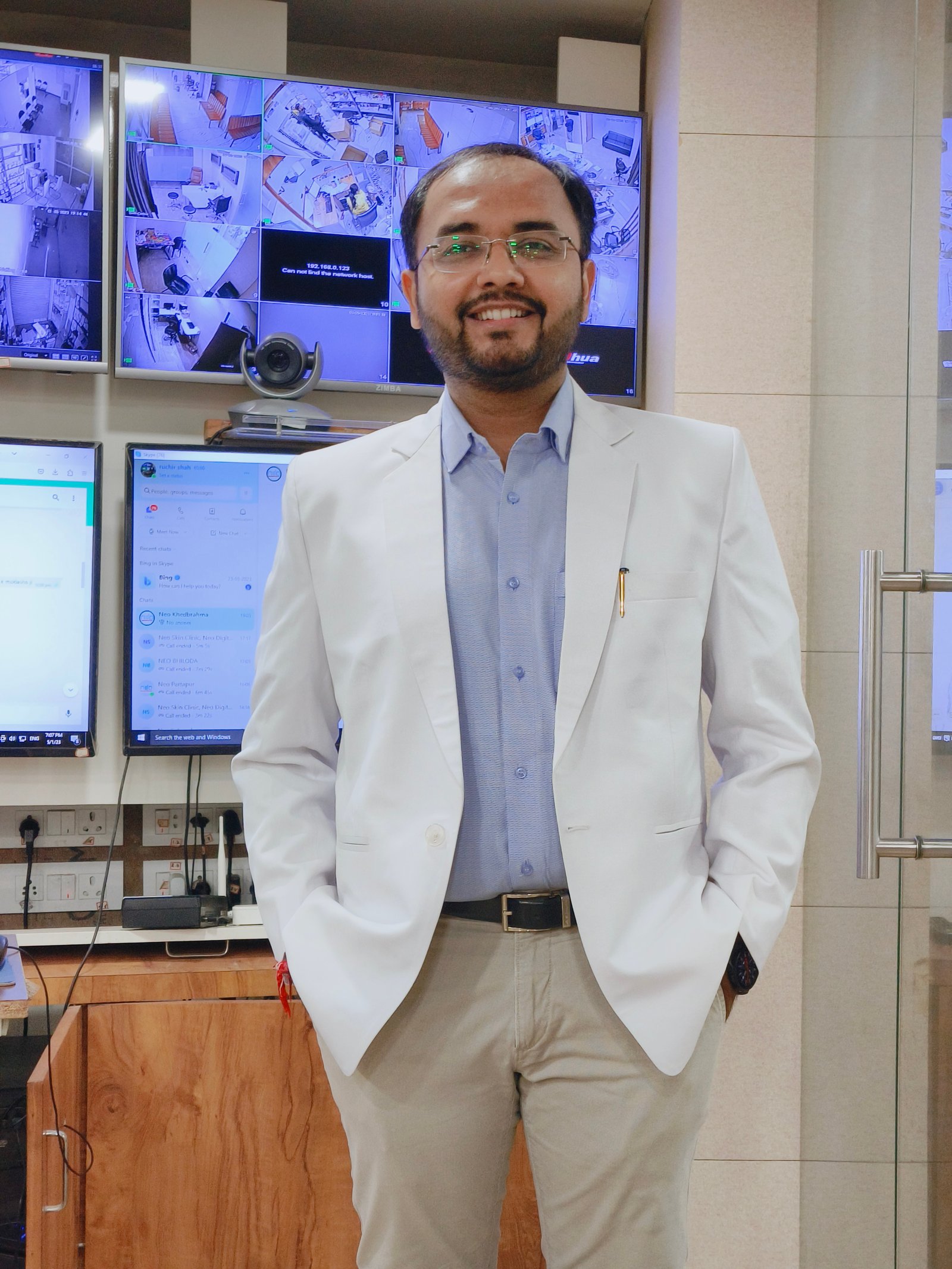




















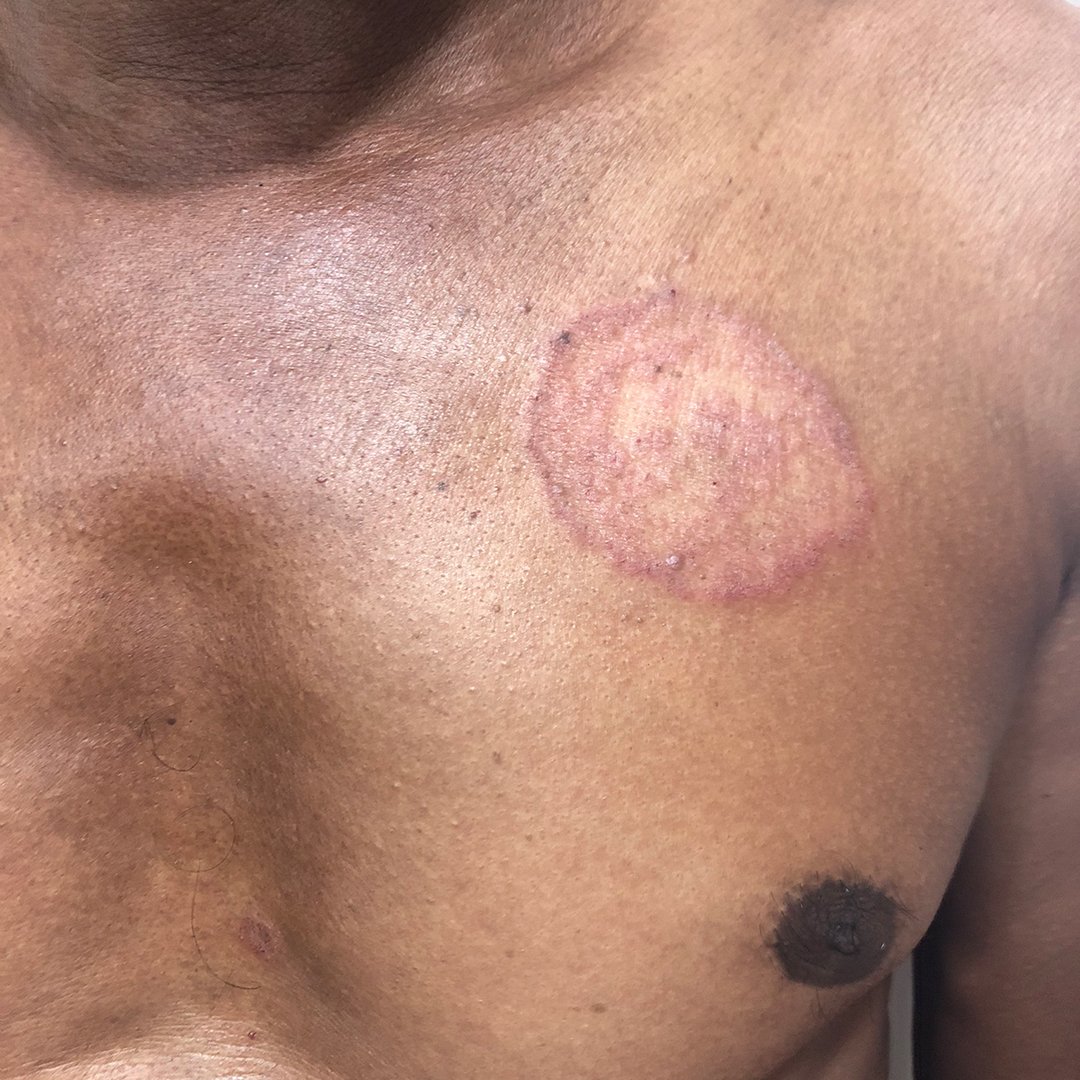
Comments
Sujal Shah
Very informative post! Knowing when to consult an online dermatologist can make a big difference. I’d love to see more insights on the Types of Pimples (Zits) in future posts, as many people struggle with identifying them correctly. Keep up the great work!
Post a comment